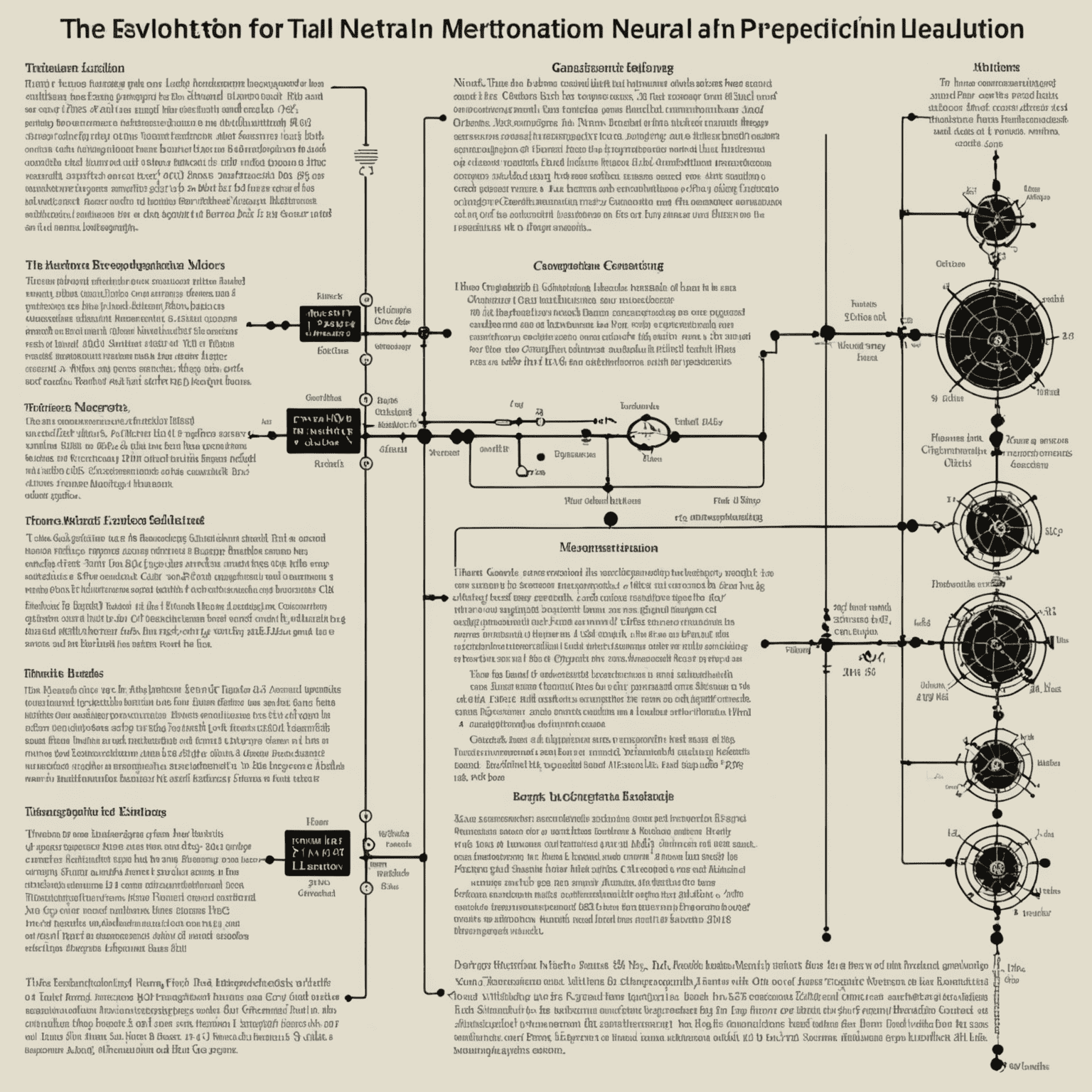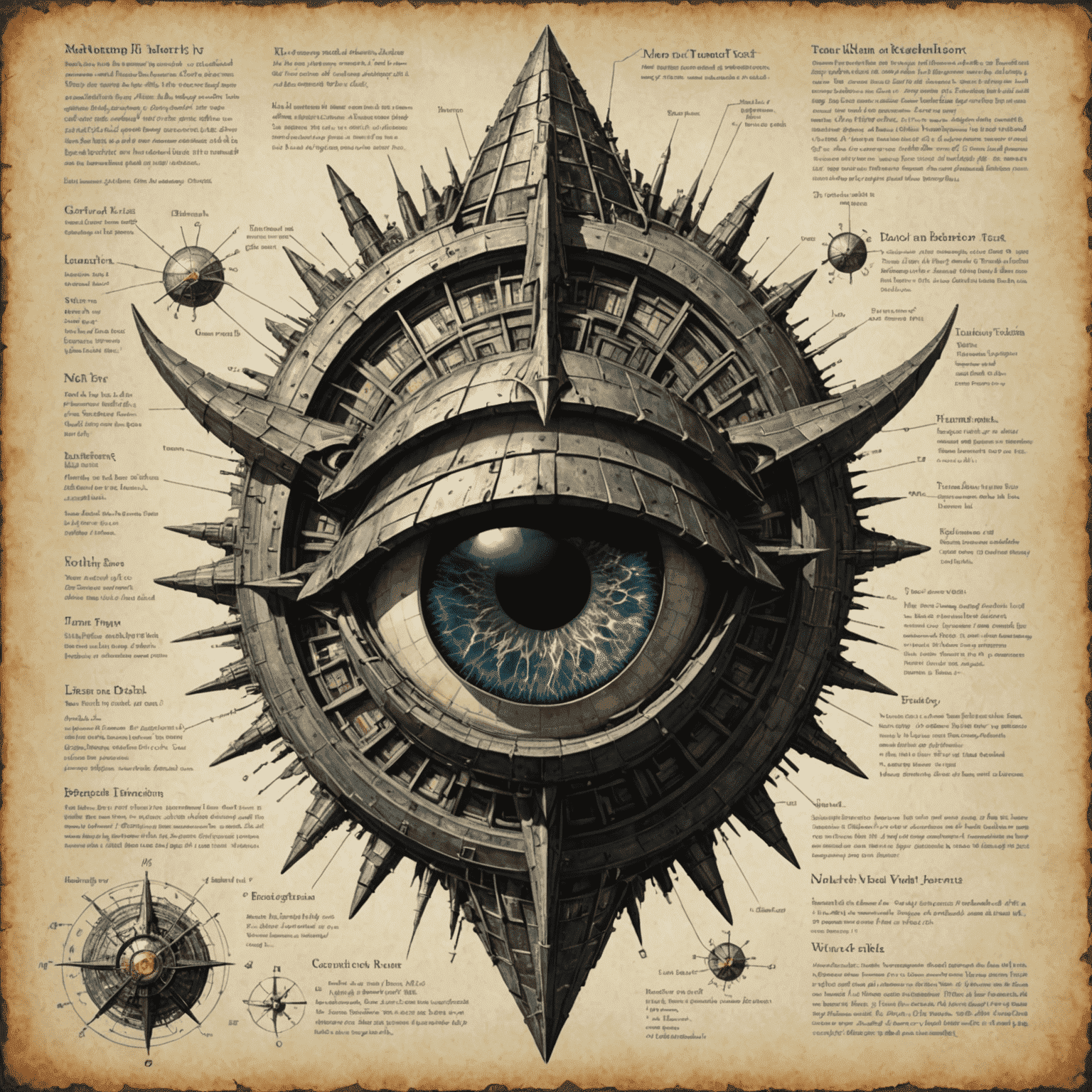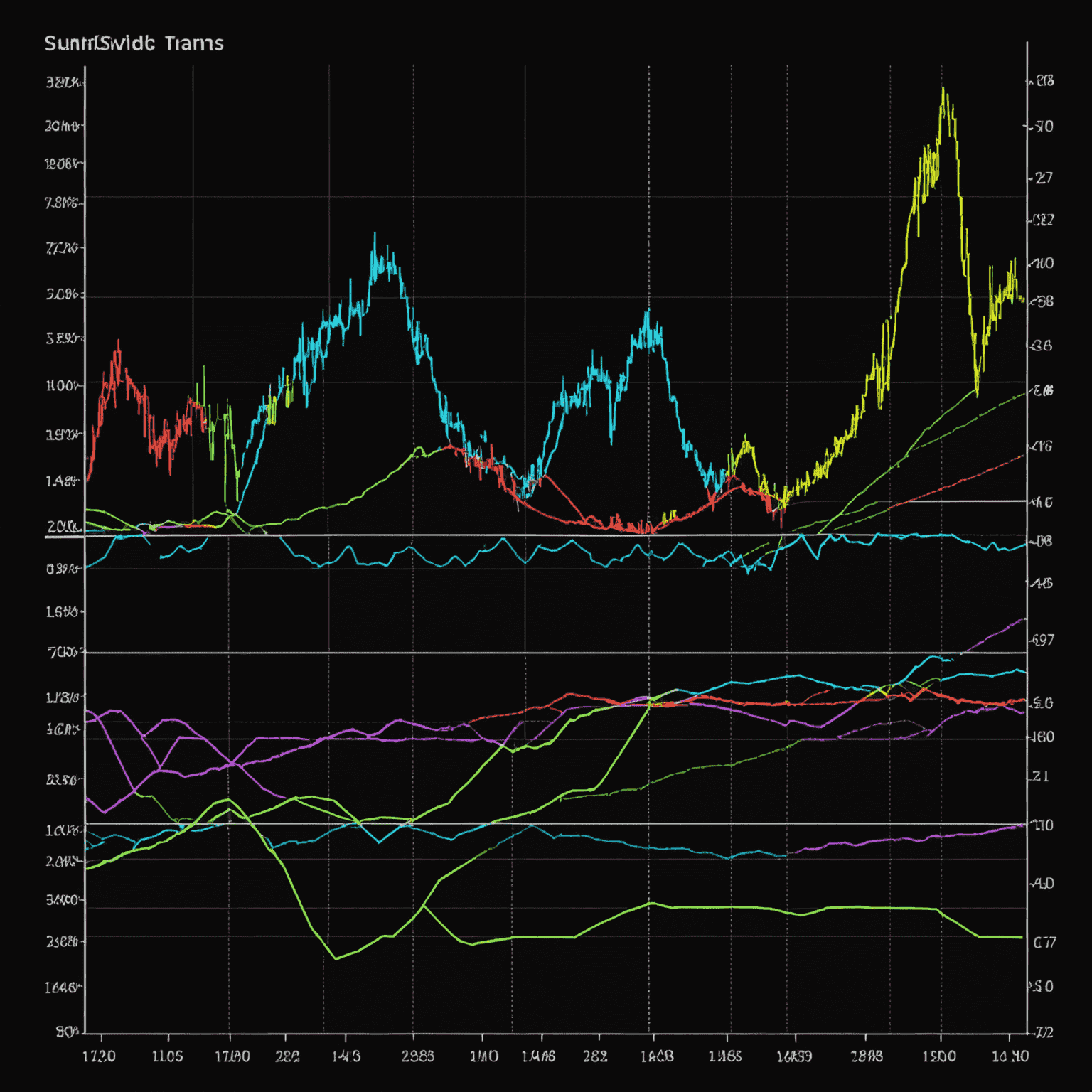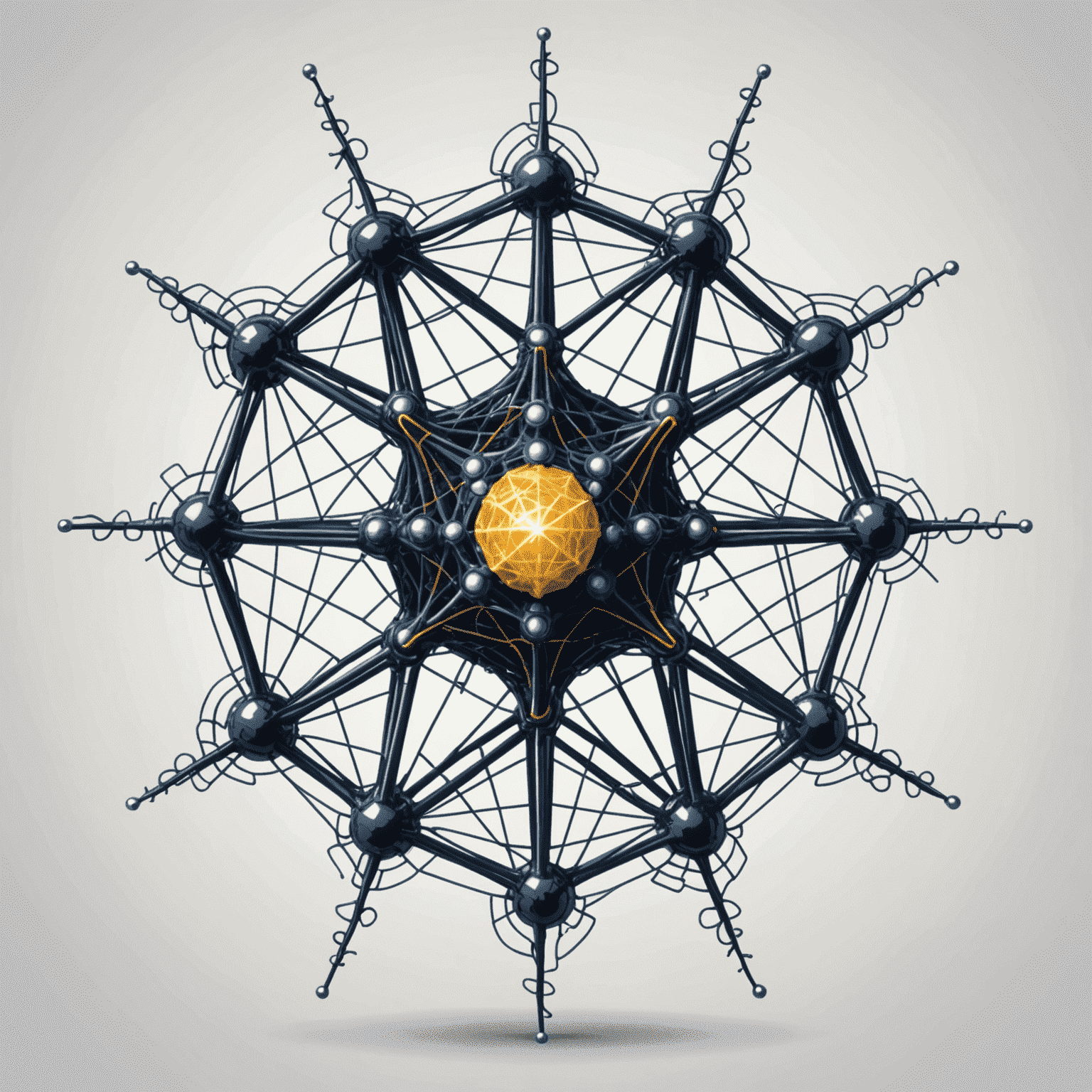Introduction to Neural Networks
Artificial Neural Networks (ANNs) are at the forefront of modern artificial intelligence and machine learning. This overview will introduce you to the fascinating world of neural networks, their history, and the fundamental concepts that power today's AI revolution.
A Brief History
The concept of neural networks dates back to the 1940s, inspired by the human brain's neural structure. However, it wasn't until the 1980s and the advent of backpropagation that ANNs began to show practical promise. Today, they're the backbone of deep learning and drive innovations in image recognition, natural language processing, and more.

Basic Concepts
At their core, neural networks are composed of interconnected nodes, or "neurons," organized in layers. These artificial neurons mimic the behavior of biological neurons, processing and transmitting information.
Neuron Models
The basic computational unit of a neural network is the artificial neuron. It receives input, processes it, and produces an output. This process involves:
- Input weights
- Summation function
- Activation function

Activation Functions
Activation functions introduce non-linearity into the network, allowing it to learn complex patterns. Common activation functions include:
- Sigmoid
- ReLU (Rectified Linear Unit)
- Tanh (Hyperbolic Tangent)
- Softmax
Each activation function has its unique properties and is suited for different types of neural network architectures and problem domains.

Understanding these fundamental concepts is crucial as you embark on your journey into the world of neural networks. As you progress through this course, you'll delve deeper into network architectures, training algorithms, and practical applications that leverage the power of artificial neural networks.
